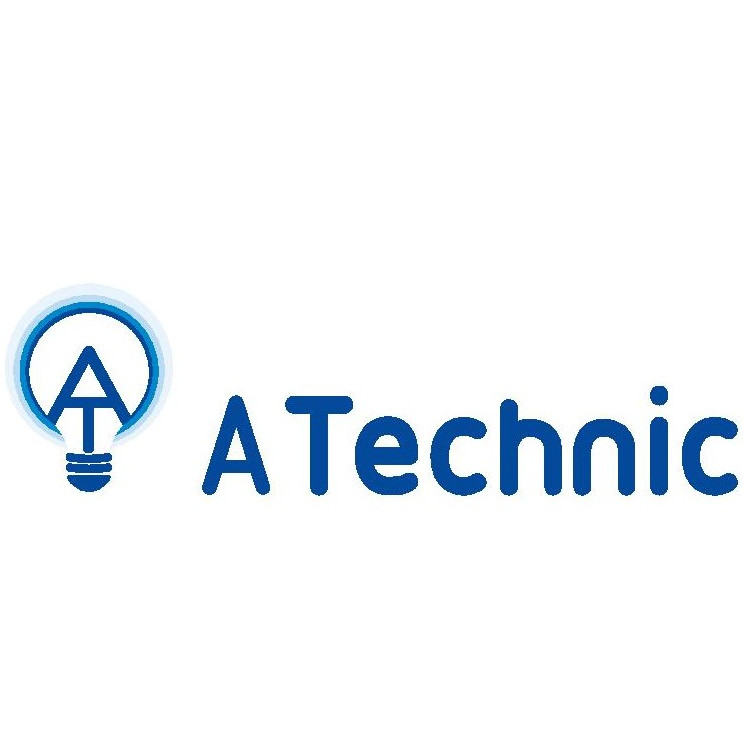The future of strong current works in industry
Strong current works, often referred to as high-power electrical systems, are integral to the infrastructure of industrial operations. These systems are responsible for the distribution and management of electrical power across various industrial applications, ensuring that machinery and processes run smoothly and efficiently. As industries evolve, the demand for robust and reliable electrical solutions continues to grow, making strong current works a critical component of modern industrial landscapes.
2. Current Trends in Strong Current Works
The field of strong current works is experiencing rapid technological advancements. Innovations in materials, such as superconductors, are enhancing the efficiency and capacity of electrical systems. Additionally, the integration of digital technologies, including automation and artificial intelligence, is revolutionizing the way electrical systems are monitored and controlled, leading to improved performance and reduced downtime.
Regulatory frameworks are evolving to address the growing complexity and scale of industrial electrical systems. New standards are being implemented to ensure safety, efficiency, and environmental sustainability. These regulations are driving industries to adopt more advanced and compliant electrical solutions, fostering innovation and improvement in strong current works.
3. The Role of Strong Current Works in Industrial Efficiency
Strong current works play a pivotal role in enhancing the operational capabilities of industrial companies. By providing reliable and efficient power distribution, these systems enable industries to optimize their processes, reduce energy consumption, and increase productivity. This is particularly important in sectors where continuous operation is crucial, such as manufacturing and processing industries.
Safety and reliability are paramount in industrial environments. Strong current works are designed to meet stringent safety standards, minimizing the risk of electrical failures and accidents. Advanced monitoring and diagnostic tools are now being integrated into these systems, allowing for real-time analysis and proactive maintenance, further enhancing safety and reliability.
4. Innovations Shaping the Future
The future of strong current works is being shaped by the advent of smart grids and the integration of the Internet of Things (IoT). Smart grids enable more efficient energy distribution and management, while IoT devices provide real-time data and analytics, allowing for more precise control and optimization of electrical systems. This integration is paving the way for more responsive and adaptive industrial environments.
As industries strive to reduce their carbon footprint, the integration of renewable energy sources into strong current works is becoming increasingly important. Technologies such as solar and wind power are being incorporated into industrial electrical systems, providing sustainable and cost-effective energy solutions. This shift not only supports environmental goals but also enhances energy security and resilience.
5. Challenges and Opportunities
One of the primary challenges facing strong current works is the growing demand for energy. As industries expand and modernize, the need for more powerful and efficient electrical systems becomes critical. Addressing this demand requires innovative solutions and investments in infrastructure to ensure that industries can continue to operate effectively and sustainably.
Despite the advancements in technology, there are still technical barriers that need to be overcome in the field of strong current works. These include issues related to system integration, scalability, and the management of complex electrical networks. However, these challenges also present opportunities for innovation and collaboration, driving the development of new technologies and solutions that will shape the future of the industry.






Comments (0)